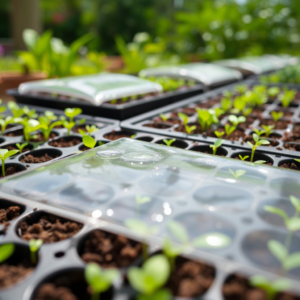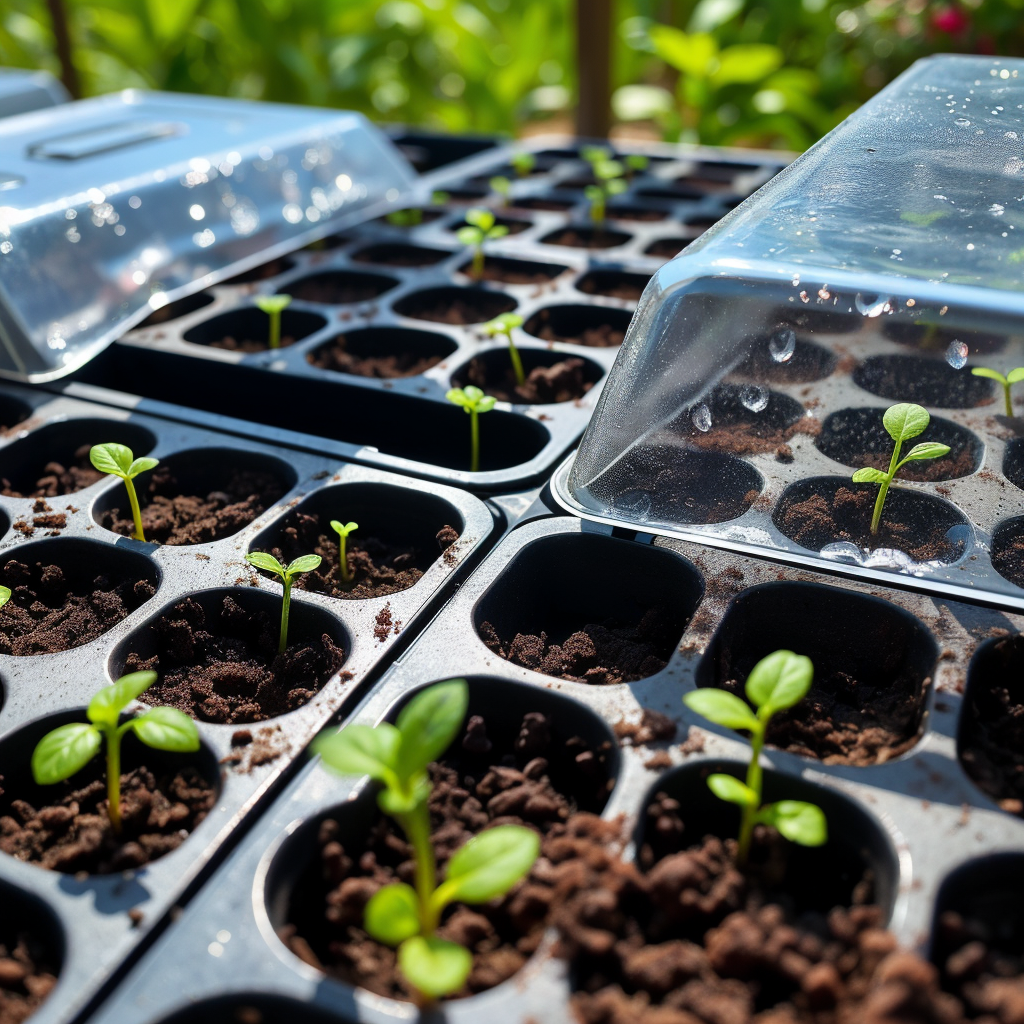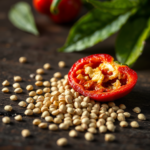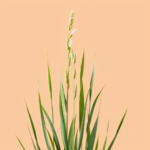Introduction:
Seed starting trays are an invaluable tool for gardeners. They offer control over every aspect of the growing environment, ensuring strong, healthy seedlings. Whether you’re a beginner or a seasoned gardener, seed starting trays can help you grow a vibrant, productive garden.
Types of Seed Starting Trays: Finding the Perfect Fit
There’s a wide range of seed starting trays available, each designed to meet different gardening needs. Let’s explore some popular options:
-
Plastic Seed Trays

- Durability: These trays last for multiple seasons and are easy to clean.
- Ideal For: General gardening needs, accommodating a wide range of seeds.
- Benefits: Usually come with drainage holes to ensure proper water flow.
-
Biodegradable Trays
- Eco-Friendly: Made from organic materials like peat or coconut coir.
- Perfect For: Gardeners looking for a sustainable option.
- Convenience: Can be planted directly into the soil, where they break down naturally.
-
Cell Trays
- Efficient Design: Divided into individual cells, ideal for spacing out seeds.
- Best For: Growing multiple varieties at once, without overcrowding.
-
Self-Watering Trays
- Low Maintenance: Equipped with a reservoir for easy watering.
- Perfect For: Gardeners who prefer a hands-off approach.
Choosing the Right Tray: What to Consider
Selecting the best seed starting tray is key to success.
- Size and Depth: Larger seeds need deeper trays, while smaller seeds thrive in shallow trays.
- Material: Opt for plastic trays for durability, or biodegradable trays for an eco-friendly option.
- Drainage: Proper drainage is crucial to prevent root rot and overwatering.
Mastering the Art of Using Seed Starting Trays
Once you’ve chosen the perfect tray, it’s time to set the stage for successful growth. Follow these steps to maximize your results:
-
Fill with Quality Seed Starting Mix
-
Use a well-draining, nutrient-rich mix to give your seeds a healthy start.
-
-
Plant Seeds with Care
-
Refer to the seed packet for specific planting depth and spacing.
-
-
Water Gently and Consistently
-
Keep the soil consistently moist, but avoid overwatering.
-
-
Ensure Adequate Light
-
Seedlings need plenty of light. A sunny window or grow lights are ideal for 12-16 hours of light daily.
-
-
Maintain Proper Temperature
-
Most seeds germinate best between 65°F and 75°F (18°C to 24°C).(Relevant Topic)
-
Troubleshooting Common Seed Starting Issues
Every gardener faces challenges, but with the right knowledge, you can overcome them. Here’s how to address common problems:
-
Preventing Seedling Disease: How to Avoid Damping-Of
- Prevention: Use sterile soil, ensure proper ventilation, and avoid overwatering.
-
Stronger Seedling Growth
- Solution: Increase light exposure or move seedlings closer to the light source for robust, sturdy growth.
-
Preventing Mold Growth on Soil
- Solution: Optimize Humidity Levels and Improve Airflow Around Trays
The Benefits of Seed Starting Trays: Why You’ll Love Them
Using seed starting trays comes with a range of benefits that can improve your gardening experience:
- Control: You can tailor the growing environment to each seed’s needs.
- Efficiency: Grow multiple plants in a small space, making the most of your indoor area.
- Easy Transplanting: Trays simplify moving seedlings to the garden without disturbing their roots.
Best Practices for Seed Starting Success
To achieve the best results with your seed starting trays, keep these tips in mind:
-
Sorting Everything
-
Always label your trays with the plant variety and date of planting to stay organized.
-
-
Gradually Introduce Seedlings Outdoors
-
Before transplanting, harden off seedlings by slowly exposing them to outdoor conditions.
-
-
Use Bottom Watering
-
Place the tray in a shallow pan of water to allow roots to absorb moisture from below, promoting strong root systems.
-
Seed Starting Trays vs. Other Methods
Seed starting trays offer distinct advantages over other seed starting methods. Here’s a comparison:
| Method | Benefits | Drawbacks |
|---|---|---|
| Seed Starting Trays | Controlled environment, ideal for small spaces | Requires setup and space indoors |
| Direct Sowing | Simplifies planting, no transplanting needed | Less control over soil, moisture, and pests |
| Peat Pellets | Plantable and biodegradable | Can dry out quickly |
| Hydroponic Systems | Soil-free growing, fast seedling growth | Higher initial costs, requires more attention |
Recommended Seed Starting Trays: Top Picks for Your Garden
Here are some top-rated seed trays to consider for your gardening needs:
-
Bootstrap Farmer Heavy-Duty Seed Trays
- Durability: These trays are made of thick plastic for long-term use.
- Ideal For: Larger, more demanding seedlings.
-
Jiffy Biodegradable Seed Starter Kit
- Eco-Friendly: Includes biodegradable peat pots.
- Perfect For: Gardeners focused on sustainability.
-
Burpee Self-Watering Seed Tray
- Convenience: Designed with a self-watering mat to maintain moisture levels.
- Best For: Gardeners who need low-maintenance solutions.
Caring for Your Seed Starting Trays: Tips for Longevity
Proper care of your trays ensures they remain in great condition for future use. Here’s how to keep them in top shape:
-
Keep Trays Fresh with Regular Cleaning
- Refresh Your Trays with Warm, Soapy Water for a Clean, Healthy Start
-
Store in a Dry, Cool Place
- Protect Your Trays by Storing Them in Cool, Shaded Areas
-
Ensure Longevity with Routine Inspections
- Check for cracks or damage before each season to ensure seedlings grow in optimal conditions.
Frequently Asked Questions About Seed Starting Trays
-
How long can seedlings stay in seed trays?
-
Keep Seedlings in Trays Until They’re Strong with Two Sets of True Leaves and Full Roots
-
-
Do I need special lights for my seedlings?
-
Yes, especially in winter months, grow lights provide the consistent light seedlings need for strong growth.
-
-
Can I reuse seed starting trays?
-
Absolutely! Be sure to give them a thorough cleaning between uses to keep your plants healthy and thriving.
-


